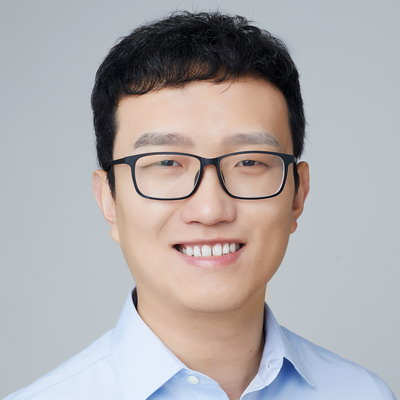Beijing-Moscow Mathematics Colloquium (online)
Abstract
Gas turbines (GT) are, and will continue to be, the backbone of aircraft propulsion, as well as power generation and mechanical drive. A small GT performance improvement is expected to have a fuel-spend advantage of the billion-dollar order, together with a significant CO2 emission benefit. Part of the possible performance improvements can be enabled by continuously advancing the understanding of the GT flow physics and thus further reducing the inaccuracy of current design tools based on computational fluid dynamics (CFD). By exploiting the capability of our high-fidelity CFD solver on leadership GPU-accelerated supercomputers, we have been able to perform state-of-the-art high fidelity simulations of turbomachinery flows. The generated data, therefore, can shed light on the detailed fundamental flow physics, in particularly the behavior of transitional and turbulent boundary layers affected by large-scale violent freestream turbulence, under strong pressure gradient and curvature. Furthermore, machine learning methods are applied to the high-fidelity data to develop low order models readily applicable to GT designs.
Bio

Dr. Yaomin Zhao is an Assistant Professor at Peking University, China. He obtained his B.Sc. in 2011 and then Ph.D. in 2017 both from Peking University. The Ph.D. thesis, Lagrangian investigation on transitional wall-bounded flows, was awarded the Outstanding PhD Thesis by Chinese Society of Theoretical and Applied Mechanics in 2018. From 2017 to late 2020, he was a post-doctocal research fellow at the University of Melboune, Australia. His research interests include high-fidelity simulations of turbomachinery flows, turbulence model development with machine learning methods, and boundary layer transition, etc.